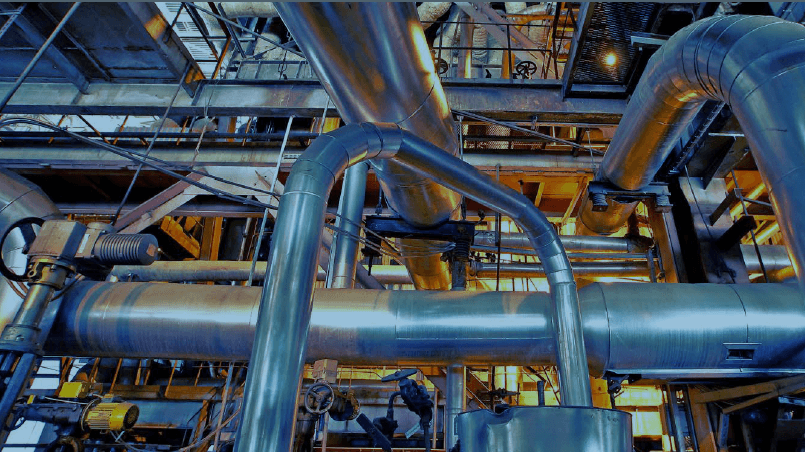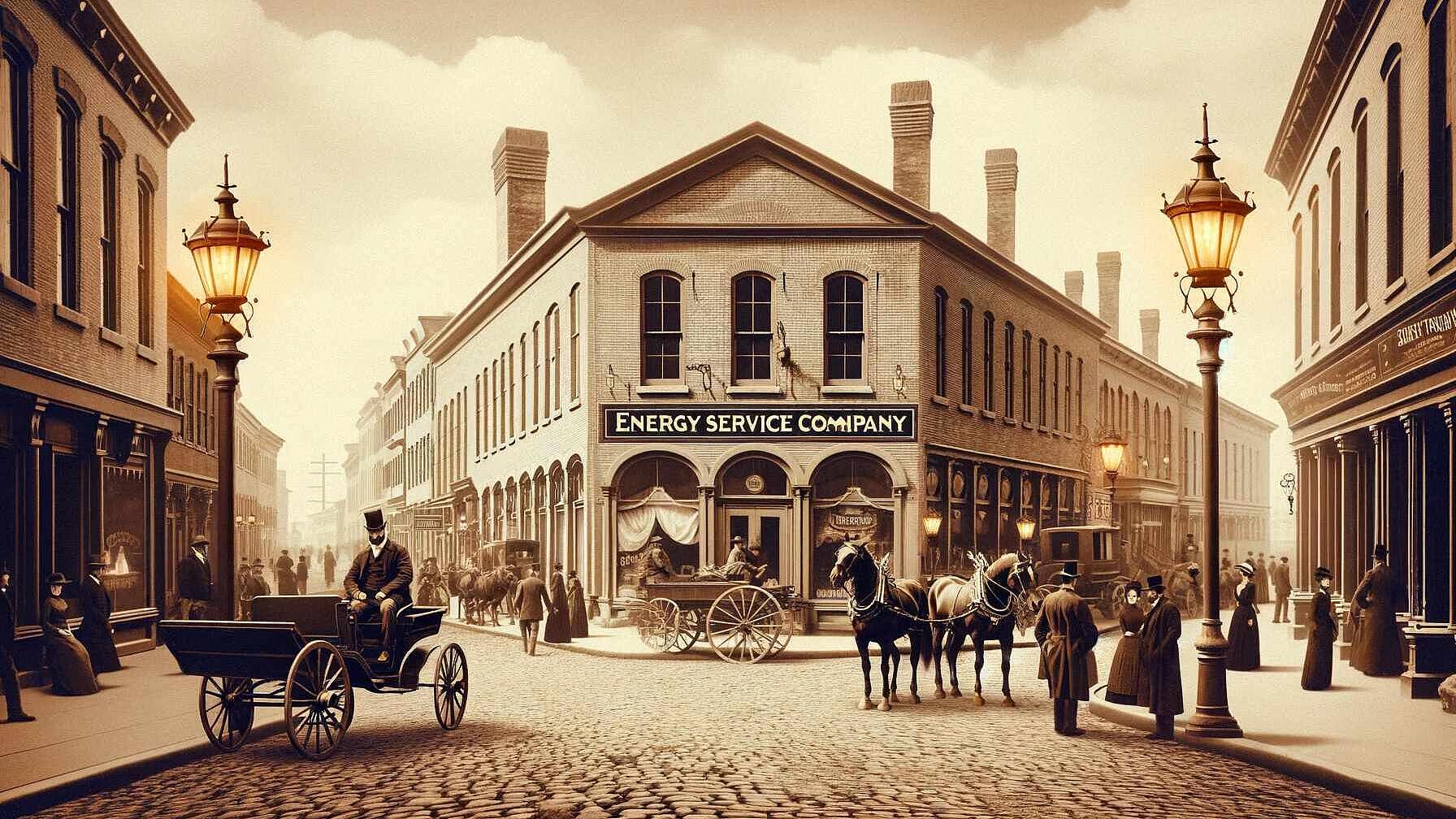 Policy & Regulation
Policy & Regulation“Simply not enough”
Summary
The Energy Efficiency Barometer of Industry (EEI) is twice a year gathering the voice of approx. 1,000 companies across 27 manufacturing sectors. EEPs team is working hard with a network of partners to give companies across the world the chance to have a say by sharing their views on the #EEBarometer. The Energy efficiency index of the German industry has been close to the manufacturing industrys pulse for the past six years now, asking entrepreneurs what their opinion, their ambition and their past and present action is to topics around energy. It is possible to learn live how the pulse of the entrepreneurs in attendance
in attendance differs from, say, the German average and provide the team with extended views. These learnings are not meant to end up on a shelf. They are to inform the work of the UN Task Force, to help shape the structure of future policy and services accordingly, to give guidance to companies where they stand in relation to others and give them extended views.
Open full article
“Simply not enough”
Current efforts in the industrial sector are simply not enough in light of both the drastic climatic changes ahead and vast efficiency potentials sitting around barely touched. All essential ingredients in place, it is more a question on how to trigger decisions for efficiency. This is not in hope for more and more ambitious announcements of goals and targets – these we do have enough!
One, it is terribly tricky for legislators to grasp the needs of somethings such diverse as the industrial sector in terms of its energy productivity potentials; two, what is offered, often doesn’t really meet the needs adequately and is hence not sufficiently leading to action.
What matters now, however, is decisive action. All elements to hand, there is no need to wait for a governance lead. With many mixed messages, political stasis or climate neglecting policies across too many countries, it is up to corporate decision makers to say ‘enough’ and to take control over the pace of industrial sectors progress harnessing its energy productivity potentials – this is, at least for now, the economic ones of course! Those that promise increased productivity and competitiveness.
At COP 24, an energy manager said when moving boldly ahead, that there was uncertainty and fear – but that with growing experience transformed into curiosity and confidence.
Implementing energy efficiency in factories is not difficult – just complicated!
Getting a closer idea what can trigger millions of decision makers, to identify and harness their potentials, I suggested to the Energy Efficiency Financial Institutions Group (EEFIG) a working group to jointly gather motivational data to see what triggers decision makers to decide for energy efficiency, to make a choice to invest in energy efficiency, across Europe’s cultures.
Deriving from IEA data, a tenfold increase in investments is needed taking a global perspective – per annum!
This is why we need to work with industry to understand what it takes to make decision makers INTRINSICALLY believe that implementing efficiency is EASY, SAFE and the OBVIOUS thing to do – to get action done! No call for lonesome action: learning from peer-experience, enabling each other, gain confidence, do more… – this is a pathway to address what is core business and known territory to few only – identifying and squeezing out efficiency potentials!
Gathering evidence what matters to industrial demand side in 88 countries: the Energy Efficiency Barometer of Industry (#EEBarometer)
Creating an ‘understanding’ and adjusting programmes, approaches and mechanisms to this new understanding does not require much – but without this one thing, any attempt to understand will be doomed: asking questions!
Most statistics look in the past – what matters, however, is how to navigate the future, what path to choose, what decisions to take?
The energy efficiency index of the German industry (EEI) has been close to the manufacturing industry’s pulse for the past six years now, asking entrepreneurs what their opinion, their ambition and their past and present action is to topics around energy.
Reaching from technical issues (e.g the performance of implemented measures and the storage of energy consumption data) over financing topics (e.g. financing methods known and chosen or investment criteria) to views on more strategic topics (e.g. the feasibility to flexibilise energy demand) and general policy (e.g. are current support vehicles fit for purpose or what should be done to close the climate gap?), the Energy Efficiency Index is twice a year gathering the voice of approx. 1,000 companies across 27 manufacturing sectors. Gaining these insights must not be limited to companies operating in Germany!
This is why EEPs’ team is working hard with a network of partners to give companies across the world the chance to have a say, to share their view, to have a say by sharing their views on the “Energy Efficiency Barometer of Industry”, #EEBarometer
As of now, companies in 88 countries already have the chance to state their point in their mother tongue – one of the twelve languagesfeatured by the #EEBarometer.
 |
|---|
A selected events it is also possible to learn live how the pulse of the entrepreneurs in attendance differs from, say, the German average and provide the team with extended views.
These learnings are not meant to end up on a shelf. They are to inform the work of the UN Task Force, to help shape the structure of future policy and services accordingly, to give guidance to companies where they stand in relation to others and what could be done in their case.
This is why EEP currently develops the EEKompass² - one to make concrete recommendation to policy and two to provide options to entrepreneurs on what a company of their size and sector could do to advance their energy productivity. Our doors are open to expedite understanding what matters to the demand side and making it heard.
If you want to participate in the #EEBarometer visit: www.eep.uni-stuttgart.de/eeei - if you want to help us widening and deepening the reach - in an existing or a new geography or language - feel invited to get in touch (barometer@eep.uni-stuttgart.de), to tweet or to simply share the information!
Working with industry and relevant stakeholders to massively accelerate implementation action: the UNECE Industrial Energy Efficiency Task Force[BS1] and the UNIDO Industry working Group
Yet another talking shop? No! For both, the UNECE Task Force and the UNIDO working group, the objective is to dramatically improve implementation of energy efficiency measures. We already have a huge array of resources to help achieve the low cost potential available to us. We just do not know where they are or who to talk to.
What is the solution? Two parallel UN projects, one to focus on getting a clear overview of all available industrial energy efficiency resources, the other to bring companies together to learn about these resources as well as how low cost industrial energy efficiency really is.
What will be the output? Increased use of industrial energy efficiency resources, improvement of resources themselves, awareness of the business case for industrial energy efficiency and connecting more with the supply chain companies -> leading to: more and quicker implementation
What is in it for companies? Policy is not adapted to business reality. Both UN projects want to specifically address this. They want industry to have a stronger voice in the development of policy and programs. The 2 projects also want to help industry understand better the overall benefits of industrial energy efficiency, and therefore the general approach is: How to ensure industrial energy efficiency policy drives overall productivity and competitiveness in parallel to energy efficiency gains? Here, the focus is developing business case for energy efficiency, and how non-energy benefits play a big role.
What is in it for NGOs, initiatives, etc? The UN projects can bring them clients. They want companies to sign up to their programs and the projects can bring them companies who are open to their programs, respectively appear to be a good mutual fit to them. By bringing clarity to the industrial energy efficiency resources “chaos”, we generate business for them. Everyone is a winner, initiatives get members, the companies get support and energy gets saved.
 |
|---|
It is important to note, that the UN projects are not a new initiative to compete or replicate, rather they just improve the market for those that already exist. Let’s get on with it: 2019 will see at least two key workshops in the first half of the year. These are both kick-off workshops that will also initiate more detailed work… - stay tuned on EEIPs channels and get ready to implement!
Stay tuned! Best ideas for energy efficiency and energy transition...
[BS1]URL: www.unece.org/energywelcome/areas-of-work/energy-efficiency/activities/best-policy-practices.html



